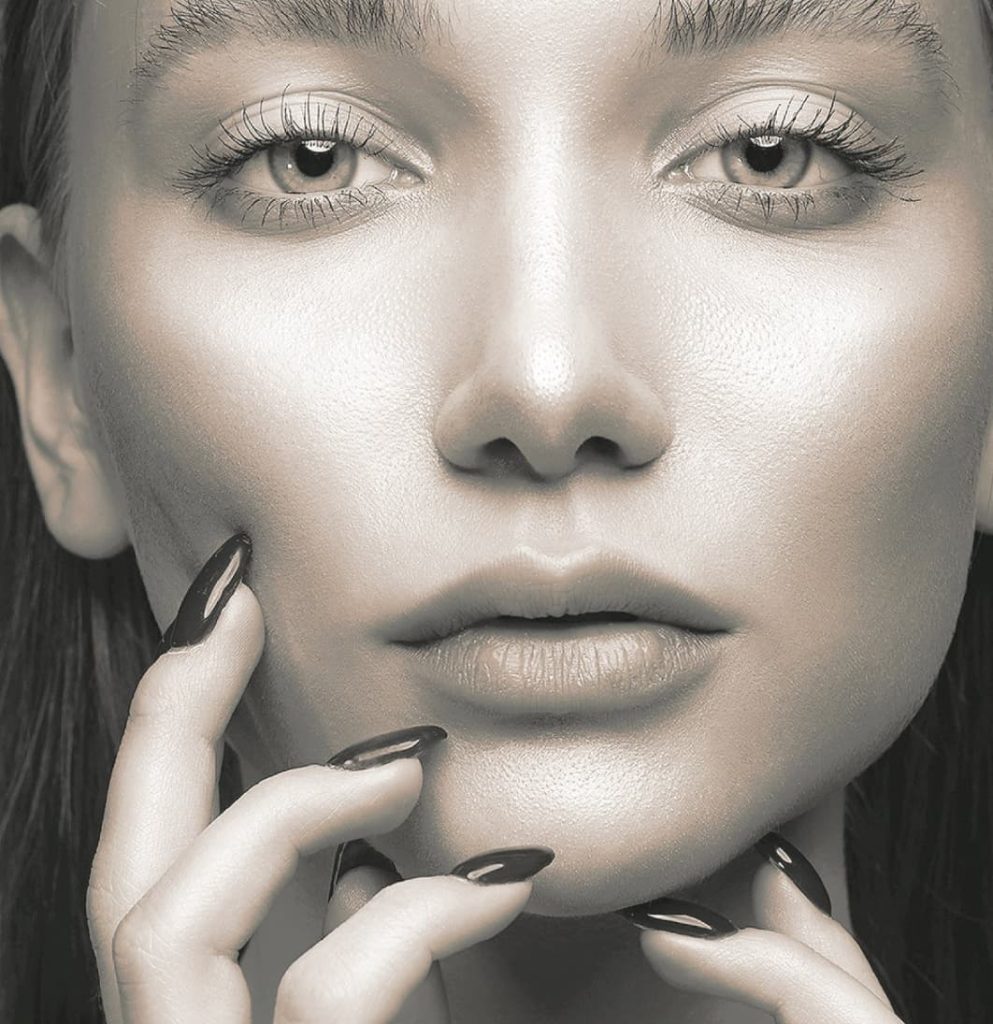
The Ultimate Guide to Olive Oil Skincare
Welcome to the ultimate guide for olive oil skincare! You may already know that olive oil is a staple in many kitchens, but did you
Home » Dermal Fillers vs. Sculptra: What’s the Difference?

Deciding on which injectable to use for your aesthetic needs can be a daunting task. With so many options on the market, it’s important to do your research in order to make an informed decision. This article will compare and contrast two popular injectables, Dermal Fillers and Sculptra, to help you make a decision for your own needs.
Dermal fillers are a popular cosmetic treatment used to improve the appearance of the skin. They are injected into the skin to fill in wrinkles, lines, and other areas of facial volume loss. Dermal fillers can give the skin a more youthful and refreshed appearance.
There are many different types of dermal fillers available on the market today. Each type of filler is made from different materials and has different properties. Some dermal fillers are temporary and last only a few months, while others are permanent and can last for years.
Popular temporary dermal fillers include Versa, RHA, Juvederm, and Restylane. These fillers are made from hyaluronic acid, a substance that naturally occurs in the body. Hyaluronic acid is known for its ability to attract and retain water, which helps to keep the skin hydrated and plump.
Sculptra is a bio-stimulator that is made from poly-L-lactic acid (PLLA). PLLA is a synthetic material that has been used in medical implants for many years. Sculptra works by stimulating the body’s own collagen production, which leads to long-lasting results.
Sculptra is an injectable bio-stimulator made from poly-L-lactic acid. It is used to add volume to the face and correct facial asymmetry. Sculptra is different from other dermal fillers because it works gradually over time by stimulating your body to produce collagen.
Sculptra was first approved by the FDA in 2004 for the treatment of facial lipoatrophy in people with human immunodeficiency virus (HIV). In 2009, the FDA expanded the approval of Sculptra to include use in people with other causes of facial lipoatrophy.
Sculptra works by stimulating your body’s own collagen production. Collagen is a protein that gives your skin its structure and strength. As we age, our bodies produce less collagen, which can lead to wrinkles and sagging skin.
Sculptra is injected into the deep layers of your skin. Once injected, it begins to work gradually over time to stimulate collagen production. This process can take several months to achieve full results.
The most common side effects of Sculptra are injection site reactions, such as bruising, redness, and tenderness.
If you’re considering dermal fillers, you may be wondering what sets Sculptra apart from other types of fillers. Here’s a look at what makes Sculptra unique:
Sculptra is an injectable bio-stimulator that is used to add volume to the face. It is made from polylactic acid, which is a synthetic material that is broken down by the body over time. Sculptra is injected into the deep layers of the skin and works to stimulate the production of collagen.
The main difference between Sculptra and other dermal fillers is its longevity. Sculptra can last up to two years, while other fillers typically only last around six-nine months.
Another difference is that Sculptra is not made from hyaluronic acid, which is found in most other dermal fillers. This means that Sculptra does not attract water to the injection site like other fillers do. This can make Sculptra a good option for people who are allergic to hyaluronic acid or who have had problems with other fillers in the past.
One of the drawbacks of Sculptra is that it can take several weeks or even months to see results. This is because it takes time for collagen to be produced in response to the Sculptra injections. In contrast, other dermal fillers produce immediate results.
If you’re considering getting injectables to help improve your appearance, you may be wondering what the difference is between dermal fillers and Sculptra. Both are injectable treatments that can add volume to specific areas of the face, but they each have their own unique benefits.
Dermal fillers are made from hyaluronic acid, a substance that naturally occurs in the skin. This makes them very safe and effective at adding volume to the face. They can also be used to fill in wrinkles and fine lines. Sculptra, on the other hand, is made from poly-L-lactic acid, a synthetic substance that helps stimulate collagen production.
Collagen is a protein that helps keep skin looking firm and youthful. As we age, our bodies produce less collagen, which can lead to wrinkles and sagging skin. Sculptra can help improve the appearance of aging skin by stimulating collagen production. It can take several months to see results from Sculptra, but the results are long-lasting.
So, which injectable is right for you? The best way to find out is to consult with a qualified aesthetic provider who can assess your specific needs and recommend the best
When it comes to dermal fillers and Sculptra, there are pros and cons to each option. It’s important to consult with a qualified aesthetic provider to see which option is best for you based on your unique needs.
Dermal fillers are typically made of hyaluronic acid, a substance that naturally occurs in the body. This means that dermal fillers are less likely to cause an allergic reaction. They also tend to be less expensive than Sculptra.
The downside of dermal fillers is that they may not last as long as Sculptra. Additionally, some people may experience temporary side effects such as bruising, redness, and swelling at the injection site.
Sculptra is made of polylactic acid, a synthetic material that helps stimulate collagen production. This makes Sculptra a good choice for people who want longer-lasting results. However, because it is a synthetic material, there is a higher risk of allergic reactions and side effects such as bruising, redness, swelling, and itching at the injection site. Sculptra is also more expensive than Dermal Fillers.
When it comes to injectable fillers, there are a lot of options to choose from. But two of the most popular choices are dermal fillers and Sculptra. So, what’s the difference between these two options?
Dermal fillers are made from a variety of materials, including hyaluronic acid, collagen, and fat. They’re used to add volume to the skin, smooth out wrinkles, and plump up lips. Sculptra is made from poly-L-lactic acid, a synthetic material that’s similar to the body’s natural collagen. It’s used to help rebuild collagen, which can help improve the appearance of wrinkles and give the skin more volume.
Both dermal fillers and Sculptra can effectively reduce the appearance of wrinkles and add volume to the skin. However, there are some key differences between these two options. For example, dermal fillers tend to provide immediate results, while Sculptra results may take several weeks or months to appear. Additionally, dermal fillers typically last for six months or less before they need to be injected again, while Sculptra can last for two years or more.
Overall, Dermal Fillers and Sculptra are great options for those looking to achieve a more youthful appearance. However, consulting with a highly trained professional is important to see which option is right for you based on your individual goals and needs.
Contact Enhanced Aesthetics & Wellness today to schedule a consultation.

Welcome to the ultimate guide for olive oil skincare! You may already know that olive oil is a staple in many kitchens, but did you

Discover the transformative power of medical weight loss at Enhanced Aesthetics & Wellness. Achieve lasting health and confidence.
Subscribe to our newsletter and be the first to know about our latest news and special offers!
"*" indicates required fields

Sherry Cipollini
APRN, FNP-BC
Family Nurse Practitioner
Copyright © 2024 Enhanced Aesthetics & Wellness. All Rights Reserved.